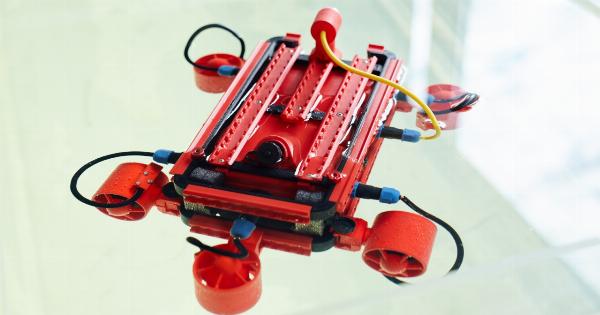Joint replacement surgery has revolutionized the treatment of severe joint conditions, offering renewed mobility and improved quality of life for millions of people around the world.
Over the years, significant advancements have been made in this field, leading to more effective procedures, enhanced recovery rates, and increased durability of joint replacements.
Computer-Assisted Surgery
One of the most significant innovations in joint replacement surgery is the integration of computer-assisted technology. Computer navigation and robotic systems have greatly improved the precision and accuracy of surgical procedures.
By providing real-time imaging and guidance, surgeons can create customized joint replacements that perfectly match the patient’s anatomy.
3D Printing of Implants
Another groundbreaking development in joint replacement surgery is the use of 3D printing technology to create implants. Traditional implants are often limited in their design options, which may compromise the fit and functionality for some patients.
With 3D printing, implants can be precisely tailored to an individual’s unique anatomy, resulting in better implant alignment, reduced wear, and improved longevity.
Advanced Materials
Advancements in materials used for joint replacements have also contributed to improved outcomes.
Traditional implants were made of metal alloys or polyethylene, which had limitations in terms of wear resistance and compatibility with the natural joint environment. Modern joint replacements now incorporate advanced materials, such as ceramic or metal-on-metal, which offer greater durability and reduced risk of adverse reactions.
Minimally Invasive Techniques
Minimally invasive techniques have gained popularity in joint replacement surgery due to their potential benefits, including smaller incisions, reduced blood loss, and faster recovery times.
Through the use of specialized instruments and advanced imaging technologies, surgeons can now perform joint replacements with less disturbance to the surrounding tissues, leading to improved patient comfort and outcomes.
Customized Patient-Specific Planning
With the aid of digital imaging and computer software, surgeons can now create customized patient-specific plans for joint replacement surgery.
These plans take into account the patient’s unique anatomy, alignment, and biomechanics, allowing for precision in implant positioning. By tailoring the surgical approach to each individual, better outcomes and longer-lasting joint replacements can be achieved.
Biological Augmentation
Biological augmentation techniques have emerged as a promising approach in joint replacement surgery.
This involves the use of naturally occurring substances, such as stem cells or growth factors, to enhance the healing and regeneration of tissues surrounding the joint. By stimulating the body’s natural healing processes, biological augmentation can potentially improve the long-term stability and functionality of joint replacements.
Smart Implants
The development of smart implants is revolutionizing the field of joint replacement surgery.
These implants are equipped with sensors and microprocessors that allow them to collect and transmit valuable data about the joint’s performance and condition. By continuously monitoring factors such as load distribution, implant wear, and range of motion, smart implants can aid in early detection of potential issues, enabling timely intervention and improved patient outcomes.
Improved Rehabilitation and Recovery Protocols
Advancements in joint replacement surgery go beyond the surgical procedure itself and also encompass improved rehabilitation and recovery protocols.
Comprehensive programs now include pre-operative conditioning exercises, specialized post-operative rehabilitation, and patient education. These holistic approaches aim to optimize recovery, enhance muscle strength, and improve overall joint function.
Outpatient Joint Replacement
Traditionally, joint replacement surgery required a lengthy hospital stay. However, with advancements in surgical techniques and anesthesia protocols, outpatient joint replacement has become a viable option for select patients.
Outpatient procedures reduce hospital-associated risks, improve patient satisfaction, and allow individuals to recover in the comfort of their own homes.
Conclusion
The field of joint replacement surgery is continuously evolving, with new innovations and advancements emerging regularly.
These developments have led to improved surgical precision, better implant design, enhanced recovery protocols, and increased patient satisfaction. By staying at the forefront of these innovations, surgeons can offer individuals with joint conditions a better chance at regaining mobility and improving their quality of life.





























